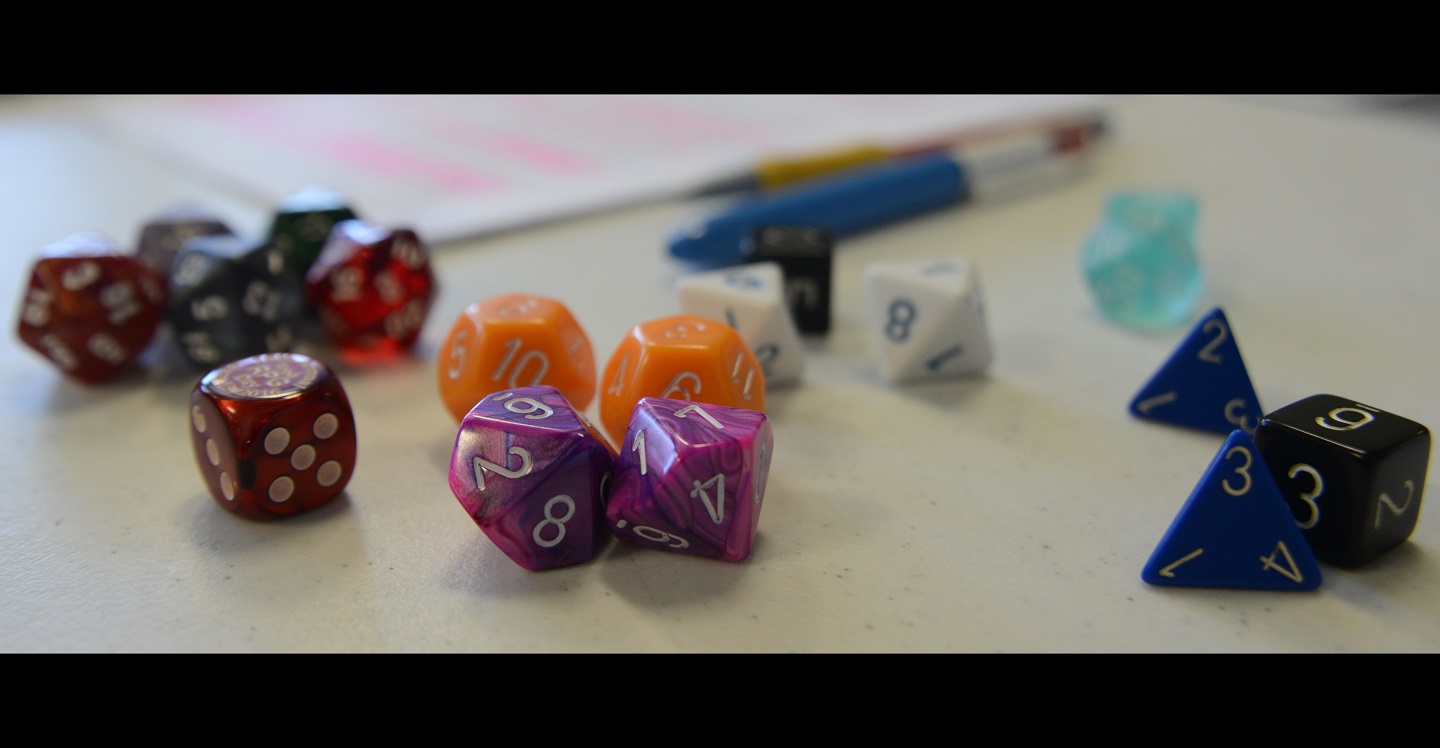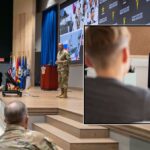
What do you do when the training your organization requires you to accomplish doesn’t actually prepare you for your mission or enhance your unit readiness. You create a board game, of course. A BETTER PEACE welcomes Mike Loftus, Will McKannay and Jim Markley to discuss how Mike and Will, with Jim’s help, came to create a board game during their year at the U.S. Army War College. The three join podcast editor Ron Granieri to explain how their game helps to illustrate the development of appropriate requirements, training plans and reporting cycles for Brigade Combat Teams across the Army. Mike and Will sought out Jim to advise them on the actual game construction and the central question they were trying to answer. They then incorporated inputs from offices in the Pentagon, actual units in the field and the commanders that are living the readiness drill.
I struggled and I questioned why we did so much training to meet certain gates to go someplace and then ultimately be told ‘Hey that training was very useful, it got you ready, but doesn’t meet the requirements of this particular mission.’
Podcast: Download
Subscribe: Apple Podcasts | Spotify | Amazon Music | Android | Pandora | iHeartRadio | Blubrry | Podchaser | Podcast Index | TuneIn | Deezer | Youtube Music | RSS | Subscribe to A Better Peace: The War Room Podcast
Lieutenant Colonel Mike Loftus is an Army Engineer who most recently served as Brigade Engineer Battalion Commander with the 1st Armored Division and forward deployed to the Republic of Korea. He previously served as a Fellow for the Chief of Staff of the Army Strategic Studies Group. Colonel Will McKannay is a Military Policeman with 26 years of service across all echelons most recently as a Criminal Investigations Division (CID) Battalion Commander. A former Joint Staff Intern, COL McKannay served on both the Joint and Army Staffs. They are both graduates of the AY20 Resident Class of the U.S. Army War College. Jim Markley is the Deputy Director of Wargaming at the Center for Strategic Leadership at the U.S. Army War College. Ron Granieri is an Associate Professor of History at the U.S. Army War College and the Editor of A BETTER PEACE. The views expressed in this presentation are those of the speakers and do not necessarily reflect those of the U.S. Army War College, U.S. Army, or Department of Defense.
Photo Credit: U.S. Air Force Photo/Airman 1st Class Christopher R. Morales
Other releases in the “Wargaming Room” series:
- EMPOWERING THE NEXT GENERATION: MENTORING EMERGING WARGAMERS
- USING ALTERNATIVE HISTORY TO THINK THROUGH CURRENT AND FUTURE PROBLEMS
(WARGAMING ROOM) - EAGLE AGAINST THE DRAGON:
WARGAMING AT THE ARMY WAR COLLEGE
(WARGAMING ROOM) - WAR FIGHTING, WAR THINKING
- SIMULATING DIPLOMATIC DISASTER
(WARGAMING ROOM) - BETTER STRATEGY? IT’S ALL IN THE GAME
(WARGAMING ROOM) - CAVEAT MILITES: SOLDIERS, BEWARE — LEARNING FROM PAST ARMY EXPERIMENTS
(WARGAMING ROOM) - WARGAMING IN THE SEMINAR: A STUDENT’S VIEW
(WARGAMING ROOM) - NOT JUST WAR GAMES: SIMULATING CRISIS NEGOTIATIONS
(WARGAMING ROOM) - USE WARGAMING TO SHARPEN THE TACTICAL EDGE
(WARGAMING ROOM)





Remember that any single war game serves three functions:
1. Socialization of problems and solutions previously developed/practiced
2. Producing “Blinding Flashes of the Obvious” as the participants work
through the discussion.
3. Defining problems for future study and analysis
A “Game-Study-Game-Study” sequence allows the solutions developed in the next study periods to be socialized in the next game. If there is some commonality in the participants, a one year period allows the team to go from ” high school to graduate school” in three events on a given topic.
One feature usually absent in DOA/DOD level force design and force planning is the connection to personnel policy and promotion policy. Typically a piece of equipment will take 15 years from conception to IOC and then has a service life of up to 30 years. Force Structures usually substantially outlive the Geo-political Epoch that calls them into existence. A force architecture review about every six years and a standing strategic planning cell led by a designated long service force architect should be standard military department practice with the authority to modify the program of record if necessary. This organization should routinely interact with other service equivalents and with The Joint Staff.
Finally personnel policy and promotion policy should be integrated into force design and force planning to ensure that there are complete career paths that cover the full spectrum of conflict. That ensures that doctrine is always reviewed and taught across the spectrum of conventional and unconventional warfare.
Makes sense. Glad you all are looking at this. Thank you.